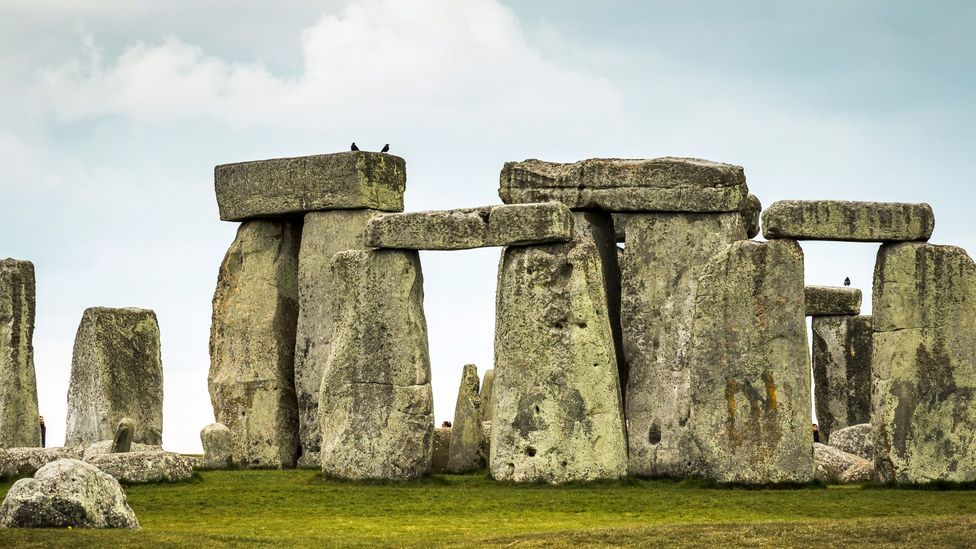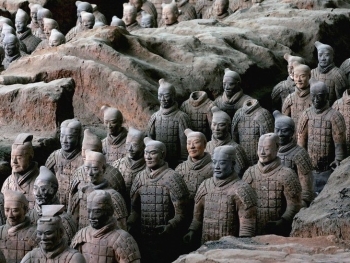Stonehenge is one of the most famous ancient sites in the world, shrouded in mystery and intrigue. This prehistoric monument, located in Wiltshire, England, consists of massive standing stones arranged in circular patterns. The purpose and construction of Stonehenge have long puzzled archaeologists and historians, but recent discoveries have shed new light on this enigmatic site.
The construction of Stonehenge began over 4,000 years ago, during the late Neolithic period. The site was originally a simple earthwork enclosure, with a ditch and bank surrounding a circular area of about 100 meters in diameter.
The first stones were erected around 2,500 BC, consisting of large sarsen stones that were quarried from Marlborough Downs, about 25 miles away from Stonehenge. These stones weigh up to 50 tons each and were transported to the site using a complex system of ropes, rollers, and sledges.
Inside the sarsen circle are smaller stones, known as bluestones, which were quarried from the Preseli Hills in Wales, about 150 miles away from Stonehenge. These stones weigh up to 4 tons each and were transported to the site using an even more complex system of water transport, rollers, and sledges.
The purpose of Stonehenge has long been a subject of debate among historians and archaeologists. Some believe it was a temple for the worship of ancient gods, while others believe it was an astronomical observatory for studying the movements of the sun and stars.
Recent discoveries suggest that Stonehenge may have served as a burial ground for important members of the community. Archaeologists have found human remains at the site, including those of individuals who may have been buried there as early as 3,000 BC.
Other recent discoveries suggest that Stonehenge may have been a site for healing and pilgrimage. Archaeologists have found evidence of a large number of prehistoric tools and artifacts at the site, suggesting that it was an important center of trade and commerce.
Despite these discoveries, the purpose and construction of Stonehenge remain a mystery. The sheer scale and complexity of the monument suggest that it was an important site for the ancient peoples who built it, but the exact nature of its significance may never be fully understood.
Today, Stonehenge remains a popular tourist destination and a symbol of the enduring mystery and intrigue of the ancient world. The site continues to inspire new discoveries and insights into the lives and beliefs of our distant ancestors, reminding us of the rich cultural heritage that has shaped the course of human history.




